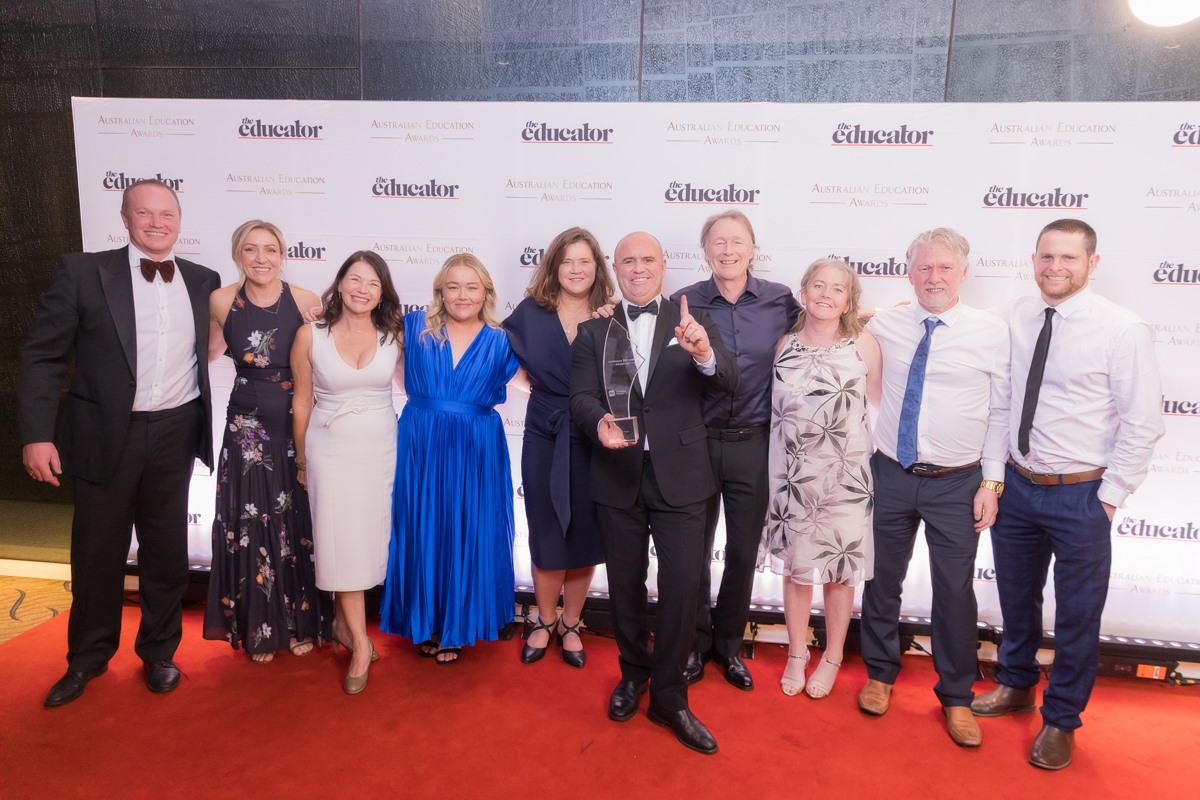
Nestled within the peaceful and serene NSW south coast, Berry Public School has quietly been refining a successful initiative that has all the hallmarks of a student and staff wellbeing revolution.
Indeed, the ‘Living Ripples’ student wellbeing program – funded by philanthropy and grounded in cutting-edge research – is already setting the gold standard for other NSW schools eager to replicate its results in their own settings. The program has now been adopted by 29 schools across the state, with more expected to follow.
In recent years, Berry became the first Australian school to partner with The Phillips Foundation and the Young and Resilient Research Centre of Western Sydney University to pilot Living Ripples.
Berry Public School principal Bob Willetts said his school was selected because of its “proven commitment to evidence-based practices, and the demonstrated positive impact of initiatives in our school plan on student wellbeing and learning.”
“Our school community collectively believes that staff and student wellbeing underpin our performance and student learning outcomes,” Willetts told The Educator.
“Wellbeing is part of our school strategic plan. We have been on a long journey of continuous improvement, building a comprehensive wellbeing framework that includes a range of universal, targeted and individual programs with authentic wraparound support for our students.”
Since the pilot program started, the payoffs of the program have been evident across the school’s entire teaching and learning community.
“The program offered us an opportunity to strategically innovate and build on our wellbeing initiatives informed by research, and guided by expert advice,” Willetts said.
“Other important benefits for our school included professional learning, resources and program support by expert providers in the targeted areas identified by the external evaluations in the discovery phase of the program.”
Berry also now has significantly enhanced data on student wellbeing that is effectively a whole school wellbeing pulse check, Willetts explained.
“The system also creates the opportunity for teachers to identify and support individual students; and a comprehensive resource library for our entire community that allows parents to access information and support.”
Willets said for the last four years, Berry has been at the forefront of the program design, evaluation and improvement with the key stakeholders, adding that it has been “incredibly validating” to note that the recent discussion paper by the Royal; Children’s Hospital titled “Reinventing Australian Schools” outlined five key principles that reflect Berry Public School’s own approach.
- A whole child and whole school approach
- Co-designed, evidence-based and flexible learning and wellbeing approaches
- Health and wellbeing as essential 21st century skills
- Building an engaging culture of health, wellbeing and learning in school
- Relationships and partnerships between services, families and schools in every community
Community partnerships make a difference
On Friday, August 11, Berry Public School’s pioneering work was recognised on the national stage when it won Best Student Wellbeing Program at the Australian Education Awards 2023.
Willetts said the success of Living Ripples at Berry Public School has been widely recognised and the school is now the hub of a community of practice focused on student wellbeing.
“Student wellbeing and building resilience definitely is a cross-sectoral issue. We really need to put aside the Public/Private issue to focus on what is best for the children/students in our communities and our society more broadly,” he said.
“In saying that, equity matters and funding matters. The wellbeing and learning research in Australia clearly shows that many issues negatively impacting on our students and schools are exacerbated by socio-economic disadvantage, as well as in rural, regional and remote settings. The vast majority of these students are in the public sector.”
Willetts said that at a macro level, the School Resourcing Standard (SRS) must be more responsive to the publicly available learning and wellbeing data to move towards providing equity in Australian education.
“At a school level, the partnerships and collaborations with each other, our associations and external organisations are vital to providing the resources required to develop and implement initiatives that enhance student wellbeing and learning outcomes.”


